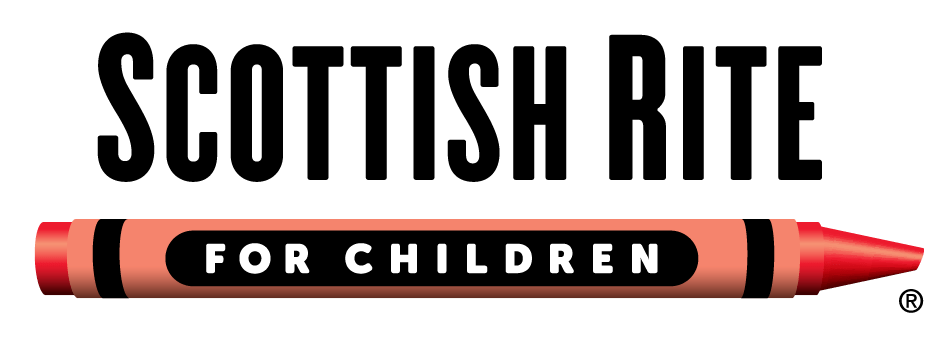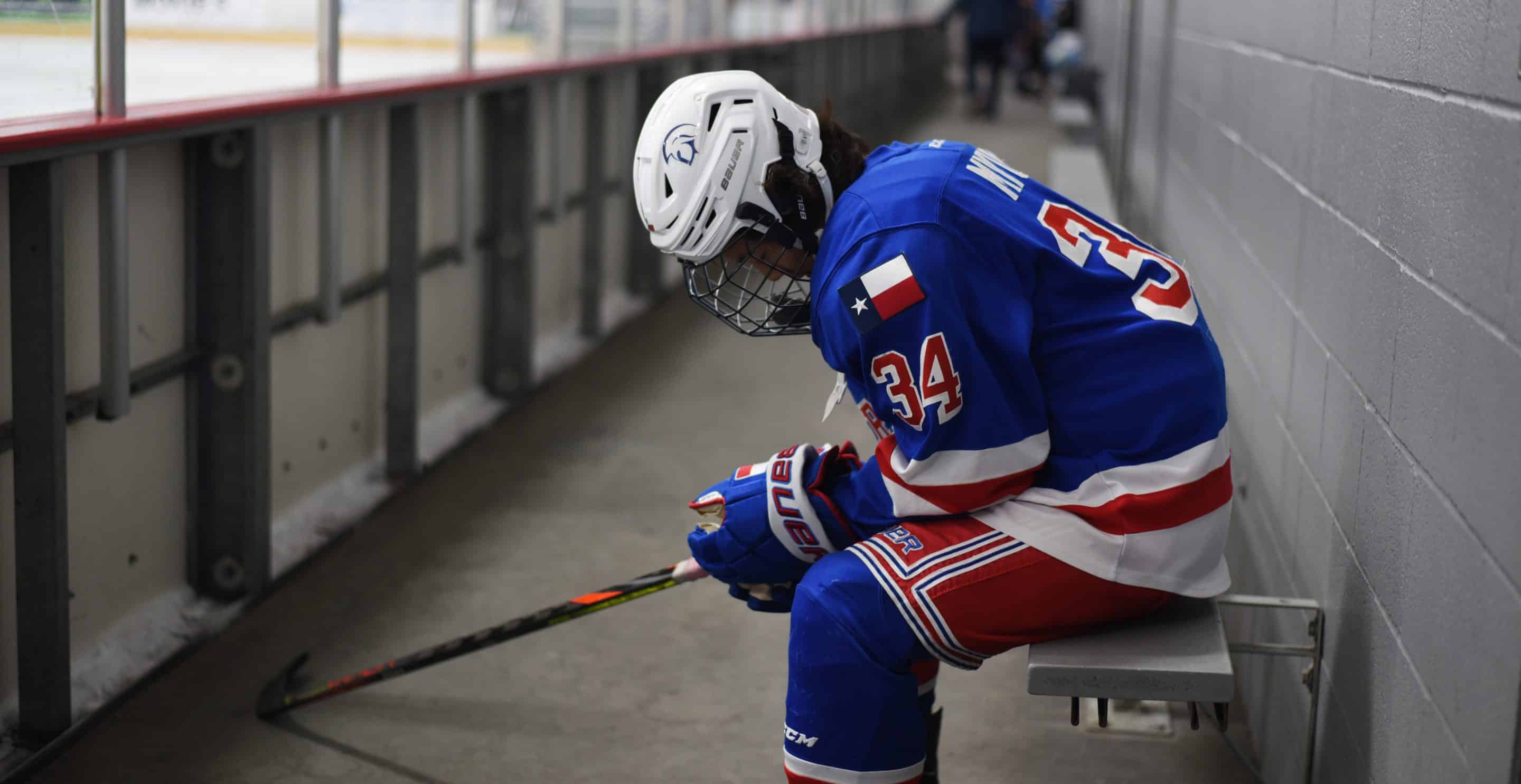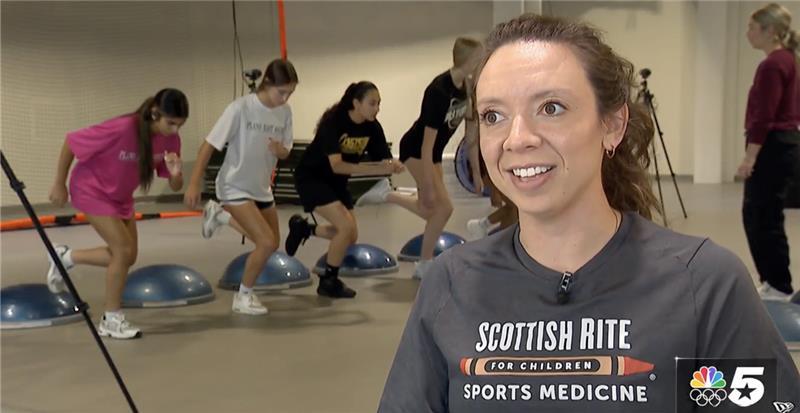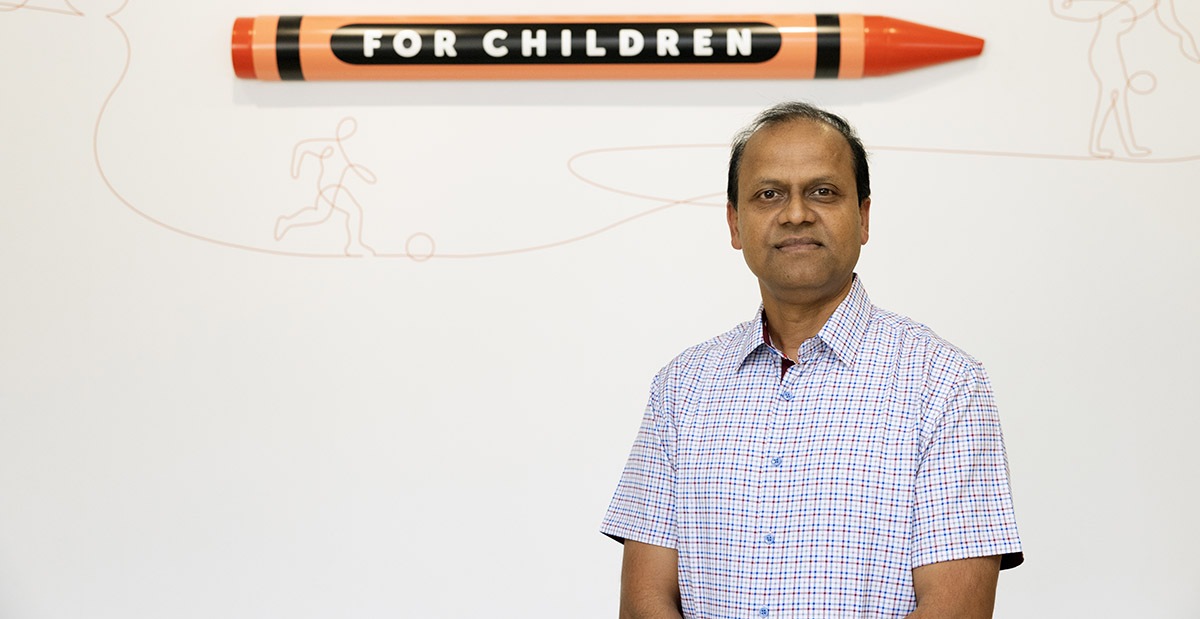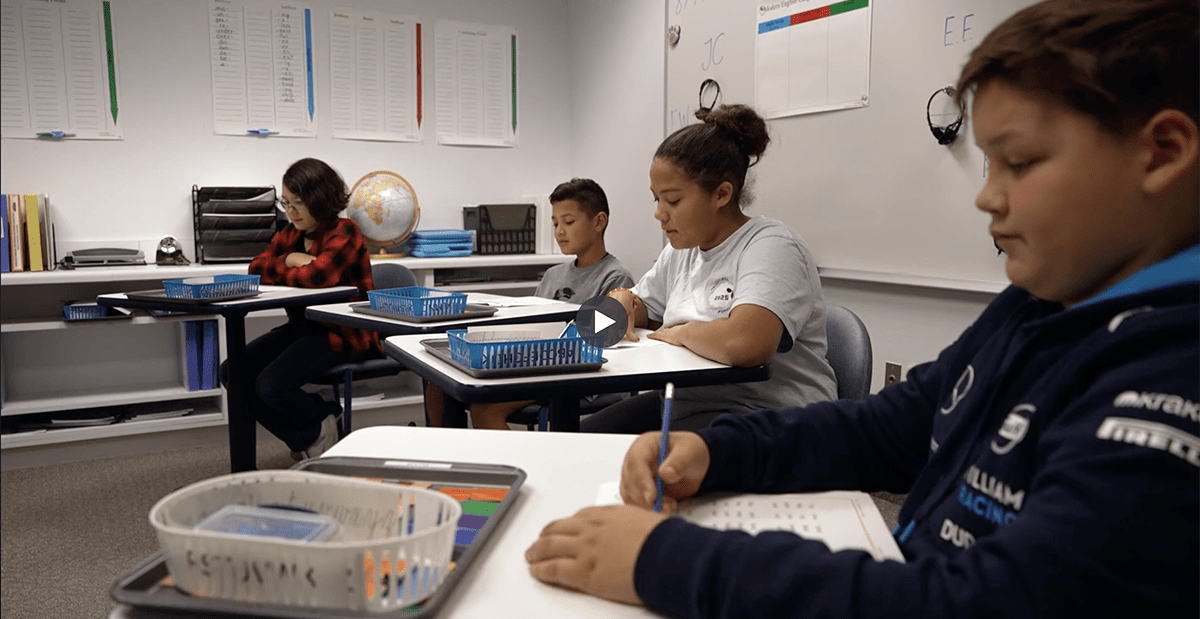Ice hockey is becoming an increasingly popular team sport for many young athletes. However, with more participation comes a rise in hockey-related injuries. Physician assistant Cody Todesco, P.A.-C, M.M.S., is dedicated to helping young athletes, beginning with educating them about sports injury prevention. This passion is fueled by Todesco’s history as a young athlete
“I played both ice hockey and baseball from a young age,” Todesco says. “Because of a shoulder injury right before college, I underwent shoulder surgery, giving me an impactful perspective of youth hockey injuries and the field of sports medicine. I then went on to return to sports playing both collegiate hockey and baseball. This life changing experience fueled me to pursue an education that allows me to treat youth athletes in all sports, but I will always have a special love for hockey.”
It is important to equip young athletes with key strategies regarding youth hockey injuries, including how to prevent them and when to seek treatment. Continue reading to discover ways young athletes can protect themselves on and off the ice.
Common Injuries in Youth Hockey
The five most common injuries in youth hockey players are concussions, shoulder injuries, hip injuries, knee injuries and soft tissue injuries. Concussions can result from falls, collisions or impacts, like from a body check or a puck. Leagues that allow open-ice body checking often have higher rates of concussions.
The shoulder is a very mobile joint, and it is at risk of injury even with top-of-the-line padding and equipment. Injuries to the collarbone (clavicle) and shoulder, such as fractures, dislocations and separations, can occur from any collision or fall. Additionally, hip injuries, such as growth plate damage and muscle strains, are frequent due to the repetitive motion of skating. Goalies tend to experience femoroacetabular impingement, a condition caused by abnormal hip bone shaping.
Knee injuries, especially to ligaments like the medial collateral ligament, are common from skating motions and player collisions. These injuries often require medical evaluation before returning to play. Soft tissue injuries, including cuts and bruises from slashes, skates, or falls, are also prevalent. While minor injuries typically heal with basic treatment, more severe injuries that take longer to recover from should be assessed by a medical professional to prevent long-term complications.
“I think one of the hardest things as a sports medicine provider is balancing an athlete’s injury while also allowing them to recover to the ice both safely and quickly. ” Todesco says. “The importance of recovery along with nutrition and preparation is essential to preventing injuries and allowing a long athletic career.”
Reducing Injury Risk in Youth Hockey
To reduce injury risks, there are multiple steps young athletes should remember to protect themselves. Proper equipment is crucial, and gear should fit well and meet safety standards, with yearly fittings recommended. Off-ice warm-ups, including dynamic stretches and explosive movements, prepare the body for intense activity. Additionally, early sport specialization can increase injury risk, so a balanced approach to training, including rest and cross-training, is vital. A break between seasons and rest days during the season help avoid overtraining and support overall development.
By following these strategies, young athletes can protect themselves, ensuring they stay on the ice longer and healthier into adulthood. Read more about common hockey injuries here.
